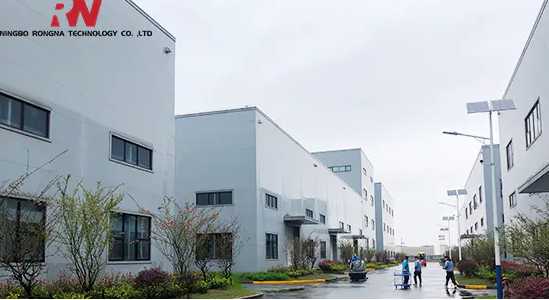In modern manufacturing, CNC machining plays a pivotal role in crafting intricate components for various industries. Two primary machining methods, CNC turning and milling, are key players in shaping raw materials into finished products. Discerning the differences and applications of these methods is essential for choosing the most appropriate approach for a specific project.
CNC turning is a technique well-suited for producing components with rotational symmetry. The process involves securing a workpiece in a chuck and rotating it against a cutting tool. It excels in crafting parts such as shafts, pins, and bushings, which possess cylindrical or axially symmetrical features. Key aspects of CNC turning include its efficiency in handling rotational symmetry, effectively creating features like holes, grooves, and threads on cylindrical surfaces, and its swiftness in production for components with rotational symmetry.
On the other hand, CNC milling is a versatile method, ideal for creating components with diverse and intricate geometries. Unlike turning, where the workpiece rotates, milling involves the tool rotating and moving against a stationary workpiece. This process is excellent for crafting parts with complex shapes and features that require multiple axes of movement. Key aspects of CNC milling encompass its suitability for intricate geometries, precise shaping and detailing capabilities on flat or irregular surfaces, and its flexibility in accommodating various materials and intricate detailing.
When deciding between CNC turning and milling for a machining project, several critical factors come into play. Firstly, one needs to assess the part's geometry, opting for turning for rotational symmetry and milling for complex or multi-sided geometries. Material properties and machinability are essential considerations, with some materials favoring one process over the other. Additionally, the required tolerances and surface finish of the part should be taken into account. Cost implications and production volume play a significant role, with turning being cost-effective for high-volume, cylindrical parts, and milling being more suitable for lower volumes or intricate components. Lastly, project timelines and efficiency requirements should guide the choice, aligning with project goals and timeframes.
In summary, CNC turning and milling are distinct machining processes, each possessing unique strengths and applications. Understanding these differences and carefully considering project requirements are paramount in making an informed decision, ensuring successful manufacturing outcomes.

